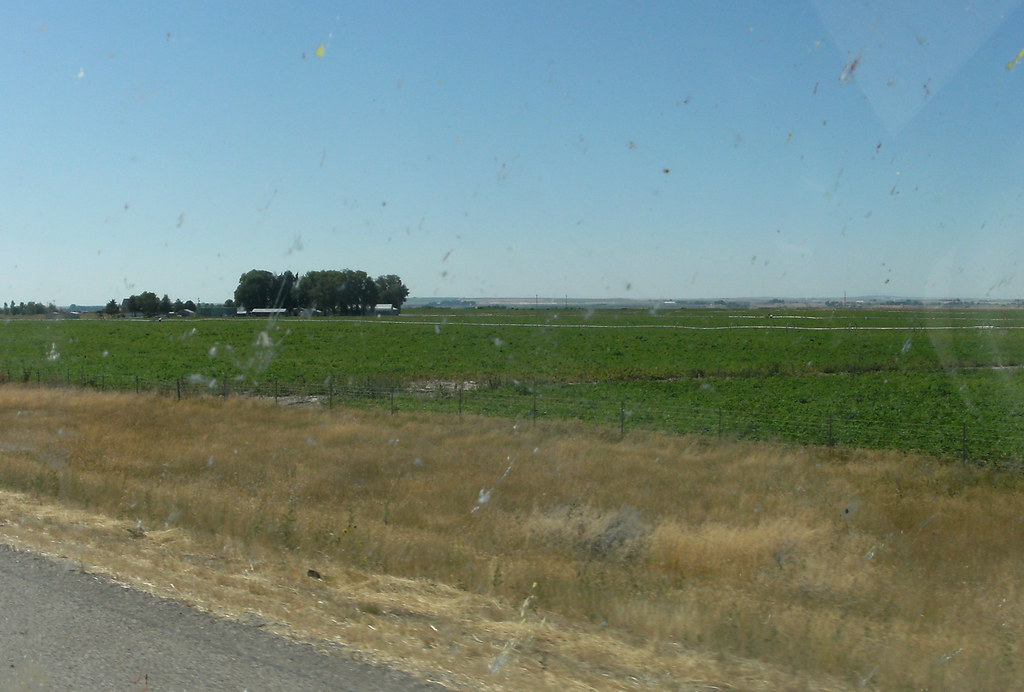The Texas land market, with its vast expanse and diverse opportunities, beckons savvy investors looking to capitalize on one of the most dynamic real estate environments in the United States. From the bustling urban landscapes of Dallas and Houston to the serene rural expanses of the Hill Country and the Panhandle, Texas offers a unique spectrum of investment possibilities.
However, navigating this market requires insight, preparation, and strategic acumen. This article provides essential tips for those looking to explore the lucrative terrain of Texas land investment.
Understanding the Texas Land Landscape
The Economic and Demographic Boom
Texas’s economy is a powerhouse, consistently ranking among the top in the nation for growth. This economic vitality is bolstered by a diverse industrial base, including technology, energy, agriculture, and manufacturing. Coupled with significant population growth and urbanization, these factors create a fertile ground for land investment opportunities.
Geographic and Market Diversity
The state’s vast geography means that land values and investment prospects can vary widely. Urban areas offer potential for commercial and residential development, while rural regions present opportunities in agriculture, ranching, and recreational use. Understanding the nuances of each market is crucial for making informed investment decisions.
Tips for Navigating the Texas Land Market
Conduct Thorough Research
Investment success begins with comprehensive market research. Understand the economic drivers, demographic trends, and zoning regulations of the area you’re considering. Tools like the Texas Real Estate Research Center provide valuable insights into market conditions and trends.
Assess Infrastructure and Accessibility
The value of land is significantly influenced by its accessibility and the availability of infrastructure. Proximity to major highways, utilities, and services can enhance land value, making it a critical consideration for potential development projects.
Leverage Local Expertise
Building relationships with local real estate professionals, including agents, brokers, and attorneys, can provide invaluable insights into the Texas land market. These experts can offer guidance on market dynamics, investment opportunities, and potential pitfalls. Learn About the Land
Understand Zoning and Land Use Regulations
Navigating local zoning laws and land use regulations is essential for any land investment. These regulations can impact the potential uses of the property and significantly affect its value. Engaging with local planning and zoning departments early in the investment process can provide clarity and direction.
Evaluate Water Rights and Environmental Considerations
In Texas, water rights are a critical aspect of land ownership and can impact the usability and value of the property. Additionally, environmental considerations, such as flood plains and protected habitats, can restrict development options. Conducting environmental assessments and understanding water rights are vital steps in the due diligence process.
Consider Long-Term Trends
Successful land investment often requires a long-term perspective. Look for areas with growth potential driven by economic development, demographic shifts, or infrastructure projects. Investments that align with these long-term trends are more likely to appreciate in value.
Diversify Your Investment Portfolio
Diversifying across different types of land and geographic areas within Texas can mitigate risk. Investing in a mix of urban, suburban, and rural properties, or across various uses such as residential, commercial, and agricultural, can provide a balanced investment portfolio.
Stay Informed on Legislative Changes
Texas legislative changes can impact property taxes, development regulations, and investment incentives. Staying informed on these changes can help investors adapt their strategies and capitalize on new opportunities or mitigate emerging risks.
Common Pitfalls to Avoid
Overlooking Market Cycles
Real estate markets are cyclical, and the Texas land market is no exception. Investors should be wary of buying at the peak of a market cycle without considering the potential for correction.
Underestimating Development Costs
Development projects can be lucrative but come with significant costs, including permitting, infrastructure development, and construction. Underestimating these costs can erode potential returns.
Ignoring Exit Strategies
Having a clear exit strategy is crucial for any investment. Whether planning to develop, hold, or flip the property, understanding your end goal and the market conditions that will facilitate this outcome is essential.
Conclusion
Investing in Texas land offers a promising avenue for building wealth, driven by the state’s economic growth, demographic trends, and diverse investment opportunities. However, success in this market requires a strategic approach, informed by diligent research and a deep understanding of the economic, regulatory, and environmental factors at play. With careful planning, thorough due diligence, and a keen eye for long-term trends, investors can navigate the complexities of the Texas land market and unlock its potential for significant returns.
